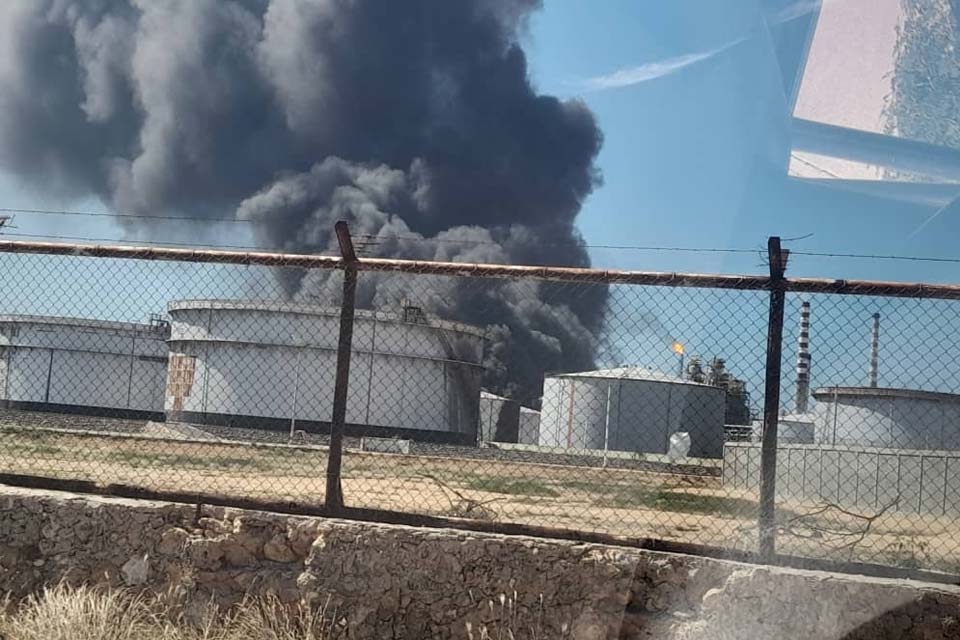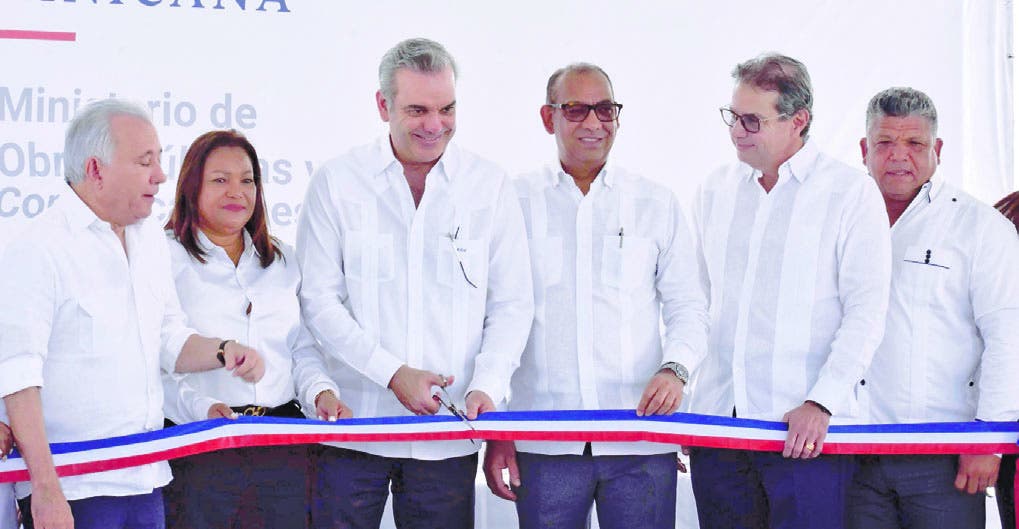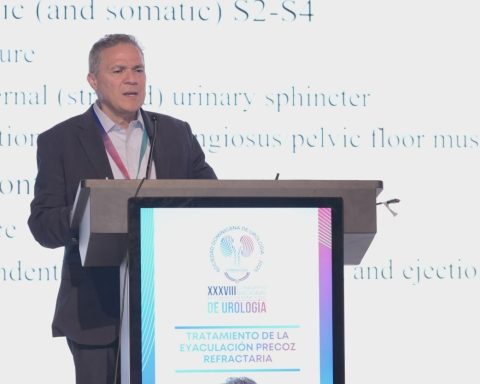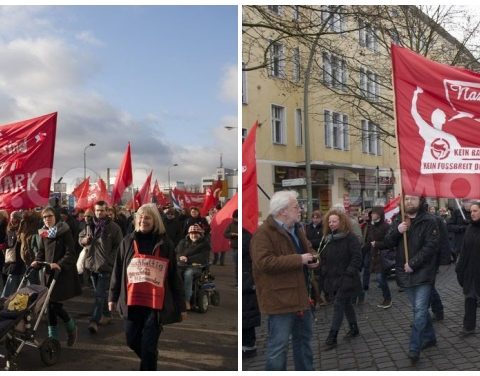In the last directory of the year, the official majority of OSE approved the sanitation project for 61 towns in the interior of the country, an initiative presented by a private consortium that will be one of the flagship public works of the management of Luis Lacalle Pou.
The president was in charge of announcing the plan at a press conference in which he celebrated the work carried out and stated that it will allow serving the population that is lagging behind.
The original project involved an investment of US$ 975 million and benefited 560,000 people through 250,000 new connections in 124 locations, but it was divided and a first part will be executed during this period, reaching 160,000 people with 55,000 new ones. connections. This modification caused the cost of the works to become, as announced by the authorities, US$ 284.3 million (to which VAT must be added), although according to the documentation reviewed by The Observerthat figure was calculated in December 2021 and the update to the years 2023 and 2024 results in an investment of US$ 321.4 million.
Photo: Leonardo Carreno.
President Luis Lacalle Pou announced the works
OSE expects to call for bids in February, for the works to be carried out from the end of 2023 for a period of two years, and for 2,000 people to be employed. As far as possible, it will seek that the workers are from the areas that will receive the sanitation.
The financial model chosen (an operating lease between OSE and a Specific Purpose Company) assumes that the public company pays some US$ 43.5 million per year for 25 years (the contract period) as rental of the infrastructure. After this, since it will have another 25 years of useful life, you can buy it for about US$ 200 million more.
Currently, sanitation coverage in the interior of the country reaches less than 50% of the population, and with the project it is expected to reach 60%. The initial idea was to raise it up to 88%.
According to the promoters, this will make it possible to change the trend, since “if the current rate of execution of connections is maintained and even assuming that the population does not grow, it would take 30 years to cover the unsatisfied demand.”
When making the announcement, the authorities indicated which were the 61 localities that will benefit from the sanitation, but did not detail whether the coverage they will receive will be complete.
These data, still unknown, are part of the feasibility study of the project carried out by Ciemsa, Saceem, Fast and Teyma (the companies of the promoter consortium), to which The Observer and that it was approved by OSE.
The document has 292 pages and details how the works will be in each of the places.
He mentions, for example, that some of the towns chosen such as La Paloma, Costa Azul and La Aguada in Rocha or Nueva Helvecia and Nueva Palmira in Colonia do not have sanitation and that in two years they will have coverage of more than 50%.
Other cities, such as Libertad in San José, will increase from 89% to 92% because there will be 111 new connections, while in Villa del Carmen (Durazno) 86 connections will be made, so the town will go from 19% to 25% coverage.
Of those chosen, Salto will be the city that will have the highest percentage of sanitation with 98% coverage (it currently has 79%) since 2,291 more families will be able to connect to the network. Other capitals will also come close to the maximum: San José de Mayo (94%), Treinta y Tres (93%), Mercedes (86%), Tacuarembó (85%), Minas (82%), Rivera (81%), Colonia del Sacramento (81%) and Artigas (81%).
But just as several capitals will increase a lot, other towns will be left with small percentages, which cause debate within OSE because there are doubts about the possibility of false illusions among citizens.
In Canelones, Montes will go from 3% to 10% and Migues from 3% to 20% thanks to 242 and 255 new connections, respectively. Cardal, in Florida, will no longer have sanitation since the works will enable 104 new connections to be made that will represent 18% of its population.
The other localities that will not reach 30% sanitation, although they will start with different coverages, are: 25 de Mayo (Florida) with 29%, Vichadero (Rivera) with 26%, Ismael Cortinas (Flores) with 26%, San Bautista ( Cannelloni) with 25% and Mariscala (Lavalleja) with 23%.
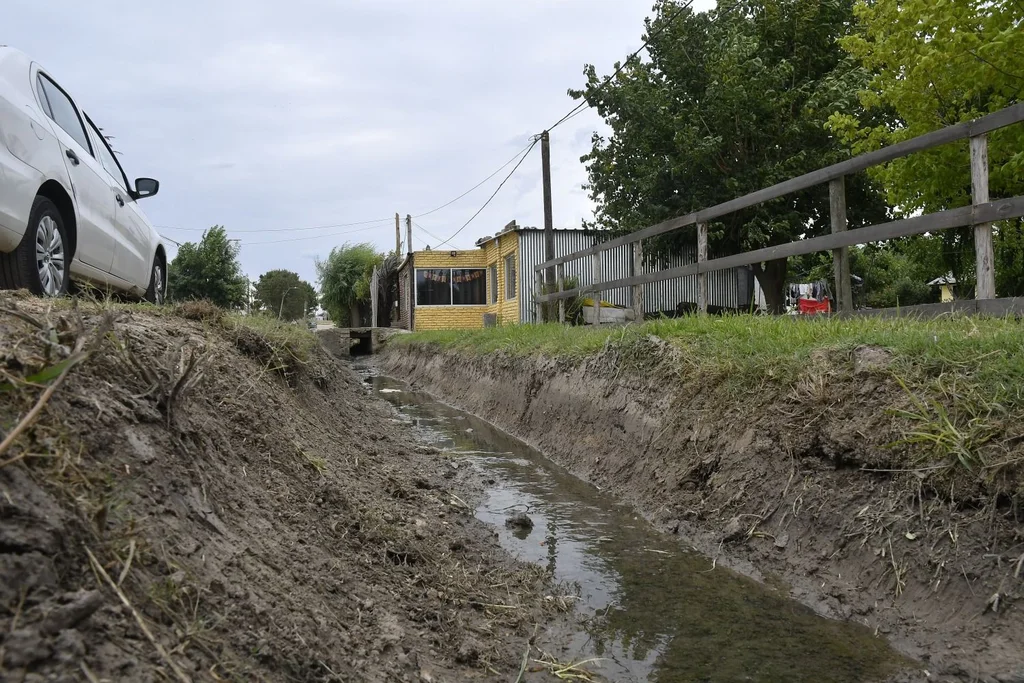
Photo: Leonardo Carreno.
The plan seeks for 60% to have sanitation inside
This point was mentioned by the director of the Broad Front, Edgardo Ortuño, when voting negatively about the project. “The projected coverage for new towns in some cases is 30% and in extreme cases 18% when OSE to provide sanitation service to a new town supposes at least 50% or 60% coverage,” he said.
The construction will involve 850 new kilometers of collector networks, 42 wastewater treatment plants and the expansion of 3 existing treatment plants.
The report points out three “income risks”: that the percentage of the population that joins sanitation is less than estimated, that consumption is not as expected, and that collection does not reach the stipulated levels. In all cases, the responsibility will correspond to OSE, since the payment of the rental of the service is expected to come from this income.
Finally, the document mentions that “for an effective taking of benefits from the implementation of the project, maximum adherence to the service is necessary in minimum times” and points out that the “law of compulsory connection to sanitation in those homes that have a frontier and are not yet connected, it is a valid legal instrument, which together with other effective instruments to be implemented, should allow the general objective indicated to be achieved” for which the “implementation of effective public policies that provide appropriate solutions” is “essential”. .











